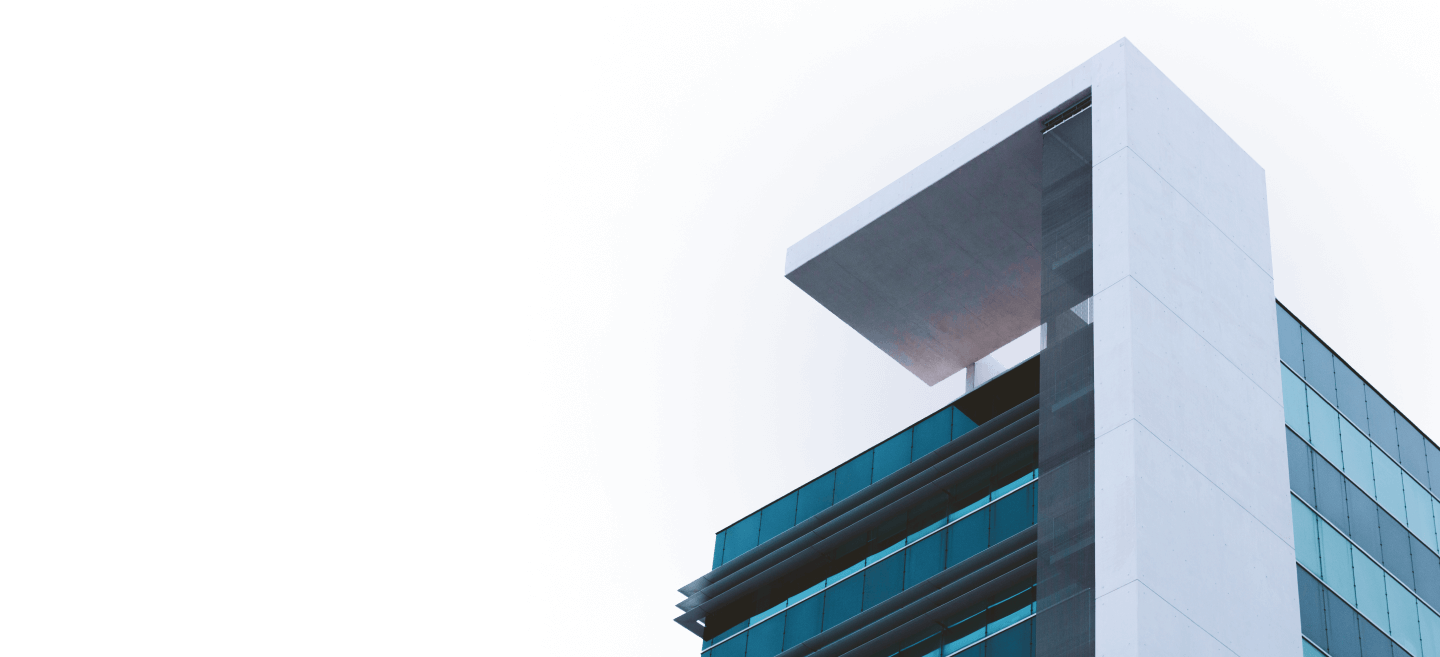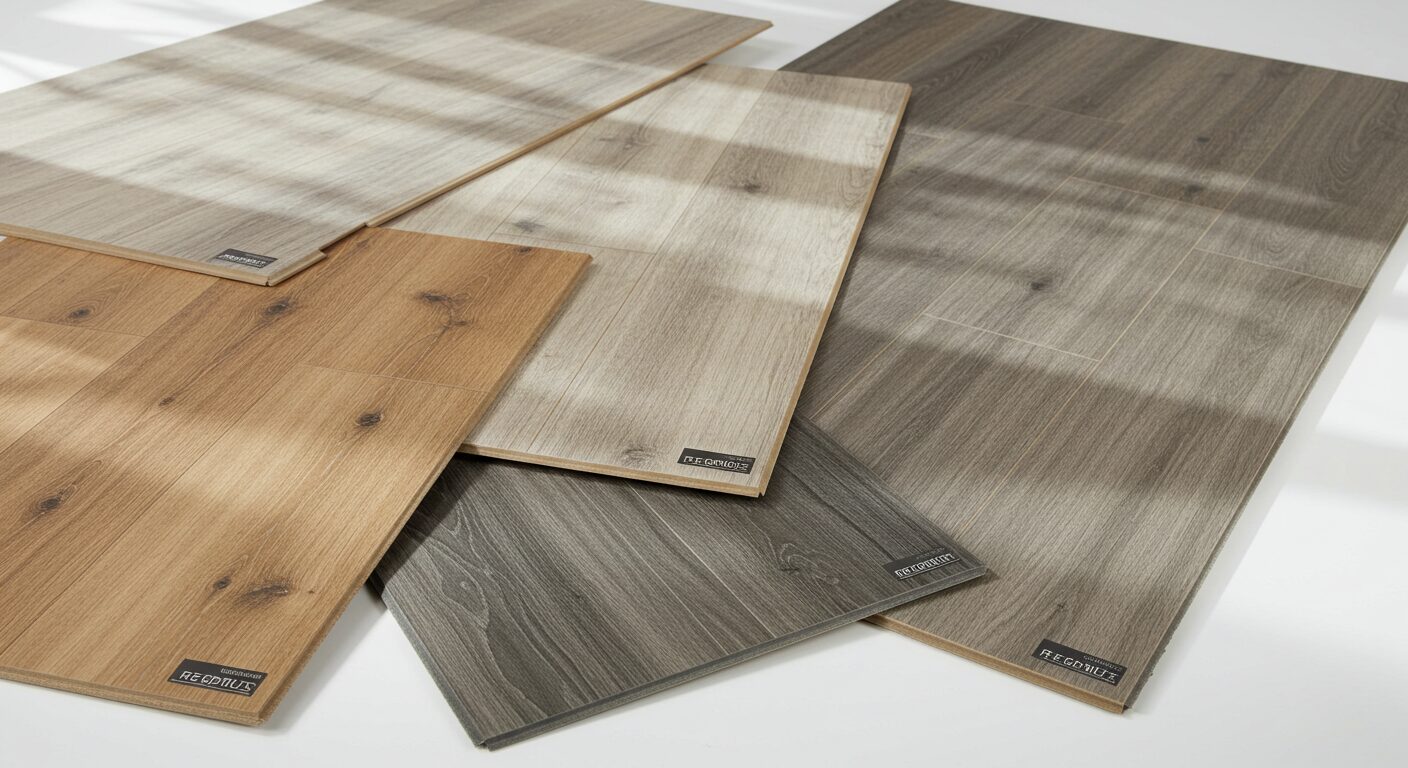Interior design has always been a field fueled by imagination, creativity, and personal vision. Traditionally, designers relied on mood boards, hand-drawn sketches, and floor plans to convey their ideas. However, technology has transformed this industry in unprecedented ways—and at the forefront of this change is virtual reality (VR). What once required guesswork can now be fully experienced in an immersive 3D environment before any construction begins.
That’s where Uninstallguide comes in. As a user-friendly digital platform, Uninstallguide provides step-by-step instructions, tutorials, and reviews for using VR tools in the design world. Whether you’re a seasoned professional looking to modernize your workflow or a beginner aiming to explore virtual design for the first time, Uninstallguide acts as your gateway into this high-tech transformation.
The statement “Uninstallguide virtual reality transforms interior design” isn’t just a catchphrase—it reflects a genuine shift in how interiors are conceptualized and brought to life. By allowing clients to step inside their future homes or offices virtually, the design process becomes more accurate, efficient, and collaborative.
This article explores how Uninstallguide and virtual reality together are shaping the future of interior design. From streamlining client collaboration to democratizing design education, this transformation is setting a new standard for creativity, efficiency, and innovation in the industry.
How Virtual Reality Became a Game-Changer in Interior Design
The advent of virtual reality (VR) has revolutionized numerous industries, and interior design is no exception. Once a practice grounded in sketches, 2D blueprints, and fabric swatches, interior design has now evolved into a highly immersive experience. With the rise of platforms like Uninstallguide, which educates and empowers users to explore digital tools, virtual reality has become more accessible than ever for both professionals and homeowners.
VR technology allows designers to walk their clients through a fully rendered, three-dimensional space before a single nail is hammered or wall painted. This leap in innovation reduces the risk of miscommunication, ensures that clients can visualize their dream spaces in real-time, and enables designers to refine layouts, color schemes, and furniture arrangements on the fly. It’s a game-changer that’s especially beneficial in projects with high aesthetic or functional stakes—like commercial offices, luxury homes, and custom interiors.
By integrating VR with software that handles textures, materials, and even lighting conditions, Uninstallguide and similar platforms empower users to experience how light will fall through a window at different times of day, how different flooring choices affect ambiance, or how a particular sofa will fit and look in a small loft. The accuracy and realism offered by VR drastically reduce design iteration times and improve client satisfaction.
Moreover, Uninstallguide virtual reality transforms interior design by serving as an educational hub. Users learn how to optimize VR tools, understand industry-grade software like SketchUp or Revit, and master spatial storytelling. Whether it’s a seasoned designer upgrading their workflow or a beginner looking to enter the field, Uninstallguide acts as a bridge between traditional practices and cutting-edge technology.
The democratization of VR, as guided by platforms like Uninstallguide, has thus created a paradigm shift—making design more interactive, inclusive, and effective. This evolution not only benefits designers and clients but also reshapes industry standards, demanding a new level of precision and creativity. In short, the phrase “uninstallguide virtual reality transforms interior design” encapsulates an ongoing revolution, one that is shaping the future of how spaces are conceived and built.
Enhancing Client-Designer Collaboration Through Virtual Reality
In any creative field, effective communication between client and professional is vital. In interior design, where aesthetics, functionality, and personal preference must align perfectly, even minor miscommunications can result in costly errors and dissatisfaction. Virtual reality, facilitated by tools like those featured on Uninstallguide, bridges this gap in communication, enabling seamless collaboration that transcends traditional boundaries.
Before virtual reality, a designer might have relied on sketches, mood boards, or 3D renders to convey their ideas. While useful, these methods require the client to interpret abstract representations, often leading to mismatched expectations. VR, however, places the client directly inside the envisioned space. They can “walk” through rooms, look around corners, inspect details, and experience spatial arrangements in full scale. This immersive preview allows clients to offer immediate feedback and fosters a deeper understanding of the design intent.
Uninstallguide virtual reality transforms interior design by offering step-by-step tutorials and reviews of the best VR tools for collaborative design. From setting up hardware like Oculus Rift or HTC Vive to integrating with software such as Enscape or Twinmotion, Uninstallguide ensures that designers and clients alike have the knowledge to engage fully in the VR design process.
Furthermore, this shared digital environment encourages interactive discussions. Instead of sending static blueprints back and forth, a designer and client can meet in a virtual room, make real-time adjustments, and decide on changes collaboratively. Want to see how a different wall color looks? Click a button. Curious if a bigger dining table fits? Resize it instantly. This iterative design process not only enhances creativity but also builds trust and satisfaction.
Clients who are not tech-savvy aren’t left out. Uninstallguide offers beginner-friendly resources to help clients engage with VR even with minimal technical background. This inclusivity is crucial in an industry where clients may come from diverse age groups, professions, and digital competencies.
Another overlooked aspect is accessibility. Uninstallguide-backed VR designs can be shared globally, allowing international clients to review and approve interiors without ever setting foot on-site. This remote capability became especially relevant during the pandemic, proving VR to be more than a luxury—it’s a necessity in modern design workflows.
As more designers adopt VR and utilize platforms like Uninstallguide for training and implementation, the standard for client engagement rises. Projects are not just more efficient—they’re more enjoyable and personalized. In a competitive market, these benefits can be the difference between a one-time project and a lifelong client relationship.
Real-Time Experimentation with Design Concepts Using VR
One of the most powerful aspects of virtual reality in interior design is its ability to support real-time experimentation. Unlike traditional approaches where changing a layout or color palette could mean hours or even days of redrawing and rendering, VR allows designers and clients to make modifications on the spot. Through platforms like Uninstallguide, this process becomes not only possible but also intuitive and accessible.
Imagine a client unsure whether to go with a minimalist Scandinavian aesthetic or a more eclectic Boho theme. With VR, the designer can instantly swap out furniture sets, rearrange room layouts, and adjust lighting to demonstrate each style in full immersive 3D. These changes can be previewed live, giving the client a visceral understanding of how different choices impact the overall feel of the space.
Uninstallguide virtual reality transforms interior design by teaching users how to master this dynamic design process. From tutorials on integrating plugins for texture mapping to tips on setting realistic lighting conditions, Uninstallguide provides the tools necessary to ensure that real-time experimentation is not just a gimmick but a core part of the workflow.
The educational aspect is key. Many users are overwhelmed by the idea of incorporating VR into their design process. Uninstallguide breaks down barriers by offering easy-to-follow guides on setting up design environments, importing 3D models, and ensuring seamless transitions between different design themes. This empowerment encourages designers to explore creatively and clients to participate more actively.
Moreover, real-time experimentation enables iterative refinement. Instead of delivering a final product and waiting for feedback, designers can present a concept and tweak it interactively during client meetings. This accelerates the decision-making process and reduces the number of revisions needed. For commercial projects with tight deadlines or residential designs involving multiple stakeholders, this agility is invaluable.
It also opens the door to experimentation that might have been deemed too risky or time-consuming using traditional tools. Want to see what a floor-to-ceiling bookshelf would look like in the guest room? Try it. Curious if a dark feature wall will feel cozy or oppressive? See for yourself. These instant changes make interior design more about discovery and play rather than rigid planning.
Uninstallguide serves as the behind-the-scenes guidebook for leveraging these capabilities to their fullest. Whether you’re a hobbyist redecorating your living room or a professional working on a multimillion-dollar project, the platform demystifies the process and gives you the confidence to try bold new ideas.
Ultimately, real-time experimentation transforms interior design from a static process to an evolving dialogue. And that shift—from rigidity to flexibility—is precisely how Uninstallguide virtual reality transforms interior design in ways that were unimaginable just a few years ago.
Education, Training, and Democratization of Design Skills
Another key area where Uninstallguide virtual reality transforms interior design is in education and democratization. Traditionally, learning interior design meant years of formal training, apprenticeships, or costly software investments. But with the rise of virtual reality and educational hubs like Uninstallguide, these barriers are rapidly disappearing. Aspiring designers from any background can now access professional-grade tools and training materials, leveling the playing field.
Uninstallguide has become a critical bridge between novices and professionals by offering detailed guides on how to use VR platforms and design software. These tutorials range from beginner introductions to advanced VR rendering techniques. Users can learn everything from creating 3D room mockups and manipulating objects in space to applying textures and lighting simulations that mimic real-world environments.
By offering these resources freely or affordably, Uninstallguide is making interior design more inclusive. People who previously lacked access—due to geography, income, or educational limitations—can now participate in the design world. For example, a student in a rural area without access to a top-tier design school can still build a compelling portfolio by using VR tools, guided by Uninstallguide’s expertise.
Furthermore, the platform supports continuous education. Design trends, software updates, and user preferences are constantly evolving. Through regularly updated content, webinars, and community forums, Uninstallguide ensures that its users stay at the cutting edge of the industry. This is especially important for professionals who want to remain competitive in a market where clients increasingly expect tech-savvy, immersive experiences.
Interior design schools and training programs are also beginning to adopt VR technology, often sourcing content from platforms like Uninstallguide to enrich their curricula. Students now graduate with hands-on experience in VR-based design—something that was rare even five years ago. This hands-on learning approach is much more effective than theoretical models alone, as it simulates real-world challenges in a virtual environment.
Additionally, the sense of empowerment that comes from creating and interacting with one’s own design cannot be overstated. For hobbyists and DIY enthusiasts, this technology opens up new avenues for creativity. You don’t need a degree to visualize and refine your home’s interior—you just need a VR headset and guidance from Uninstallguide.
The platform also fosters a sense of community. With shared design environments, user-submitted projects, and forums for critique and advice, Uninstallguide helps budding designers find mentors, collaborators, and clients. This interconnectedness not only builds confidence but also creates opportunities for collaboration and employment.
The impact of this educational model extends beyond individuals. As more people gain access to professional design tools and training, the quality of design work across the board improves. This, in turn, raises industry standards and creates a culture of continuous innovation and accessibility.
Thus, the phrase “uninstallguide virtual reality transforms interior design” is not just about software or hardware—it’s about reshaping who gets to be a designer, how they learn, and what they can create. In the digital age, creativity is no longer gated by privilege, and Uninstallguide is a key player in that transformation.
From Concept to Construction: Bridging the Physical and Digital
Virtual reality’s most impressive achievement in interior design is its ability to bridge the conceptual and physical stages of a project. The idea that one can go from a spark of inspiration to a fully built environment with minimal friction is a dream come true for designers. Through detailed guidance and digital infrastructure, Uninstallguide ensures that this transition is not only smooth but also scalable.
In traditional workflows, the handoff from design to construction often involves reformatting drawings, clarifying ambiguities, and reconciling aesthetic intent with structural feasibility. With VR, much of this dissonance is eliminated. Stakeholders—including architects, engineers, contractors, and clients—can all engage with the same 3D environment. Everyone sees the same vision, reducing the chance of misinterpretation or error.
Uninstallguide virtual reality transforms interior design by teaching users how to create these integrated workflows. It shows how to link VR design software with BIM (Building Information Modeling) tools, ensuring that the design isn’t just beautiful but also buildable. This end-to-end visibility is a significant advancement for large-scale commercial projects and intricate residential builds alike.
Contractors can use VR walk-throughs to identify potential construction challenges before breaking ground. For example, ceiling height, beam placement, or stair configuration can be adjusted in the virtual model to ensure they meet safety codes and ergonomic needs. Likewise, materials and finishes can be specified with exactitude, reducing waste and misorders during the procurement stage.
Another innovation is the use of augmented reality (AR) on job sites. Workers wearing AR headsets can overlay the digital model onto the real construction space, ensuring that every measurement aligns perfectly with the design. Uninstallguide covers these hybrid applications in depth, offering tutorials, reviews, and case studies that demonstrate how VR transitions seamlessly into AR.
Manufacturers are also getting involved. Furniture, appliance, and finish vendors now offer 3D models of their products, which designers can place into VR environments. This allows clients to see exactly how a specific couch or light fixture will look and fit in their space before purchasing. These assets are often cataloged and shared via platforms like Uninstallguide, making the process even more streamlined.
This convergence of creativity, precision, and practicality is the future of interior design. And it’s being powered by a new breed of designers who understand both the artistic and technical sides of the field. With Uninstallguide’s comprehensive tutorials and community support, anyone can become fluent in this new design language.
In essence, VR—supported by Uninstallguide—enables designers to dream without limits and build without doubt. It provides the clarity needed to turn bold visions into tangible reality. And in doing so, it rewrites the rulebook for what interior design can achieve.
Conclusion: The Future Is Now, and It’s Virtual
The phrase “uninstallguide virtual reality transforms interior design” is more than a trend—it’s a movement redefining how we envision, communicate, and realize interior spaces. From enhancing client collaboration and enabling real-time experimentation to democratizing design education and bridging concept with construction, the integration of VR has changed the game. Thanks to platforms like Uninstallguide, this technology is no longer reserved for elite studios or high-budget firms—it’s for everyone. As the design world continues to evolve, those who embrace these tools today are building the spaces of tomorrow. The future is not just imagined—it’s experienced.










Leave a Reply